Instinctively, you throttle back in the hope of scrubbing off as much speed as possible without hitting the anchors, aware that a burst of brake lights will reinforce your pursuer's belief that you really were going absurdly fast. But it seems to take an age for the police car to catch up, and when it gets close enough to be identified, you understand why —it's a Morris Minor. So, you take a gamble that the driver hasn't clocked your number plate, floor it, and head for the hills.
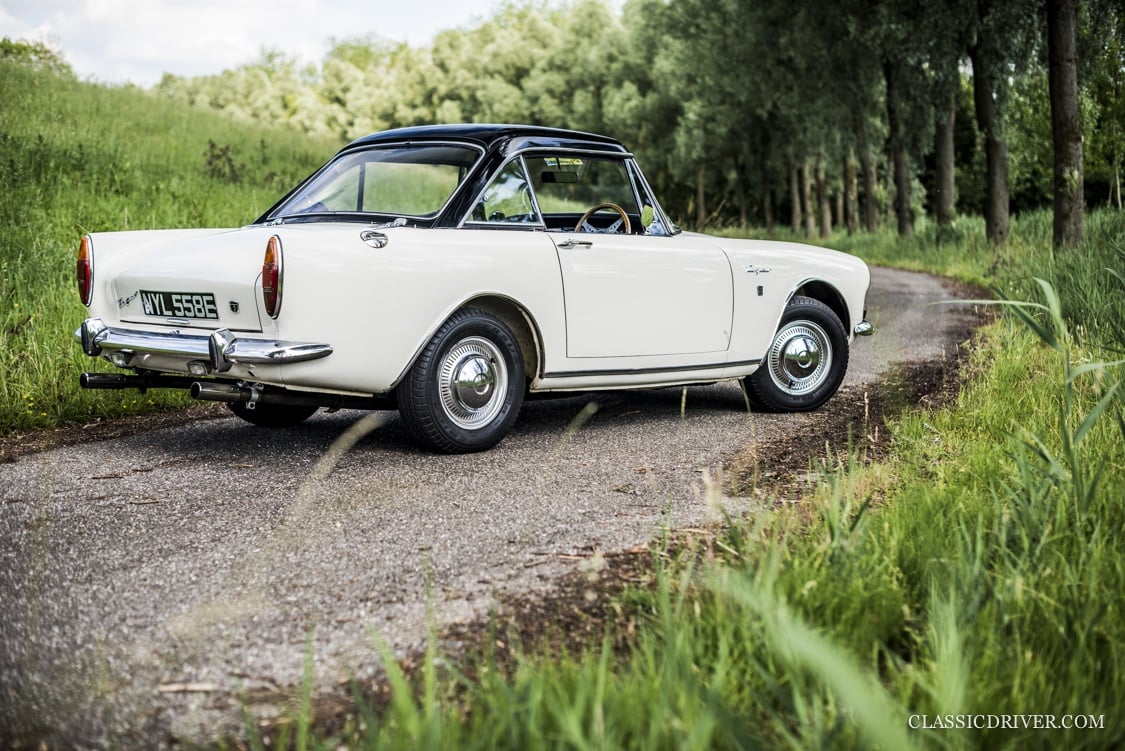


Nowadays, it seems almost laughable that cars such as Minors, Austin 1300s, Vauxhall Vivas, and even base-model Minis were used by the British constabulary during the ’60s and ’70s when some of the people they might’ve been expected to apprehend could easily have been driving cars four times as powerful and twice as fast. It was a situation that gave forces throughout the country all the justification they needed to pepper their fleets with high(er) performance machinery, from saloons, such as the lumbering Zephyr 6 and Jaguar MKII (that was also popular with many villains also), to what must have been absurdly impractical, two-seat roadsters, such as the MGA and the Daimler Dart.
Equally implausible in terms of its ability to transport arrestees, accommodate a burly officer of the law, and carry lots of exciting emergency kit was the Sunbeam Tiger — but it was certainly a car that few others could get the better of in its day.
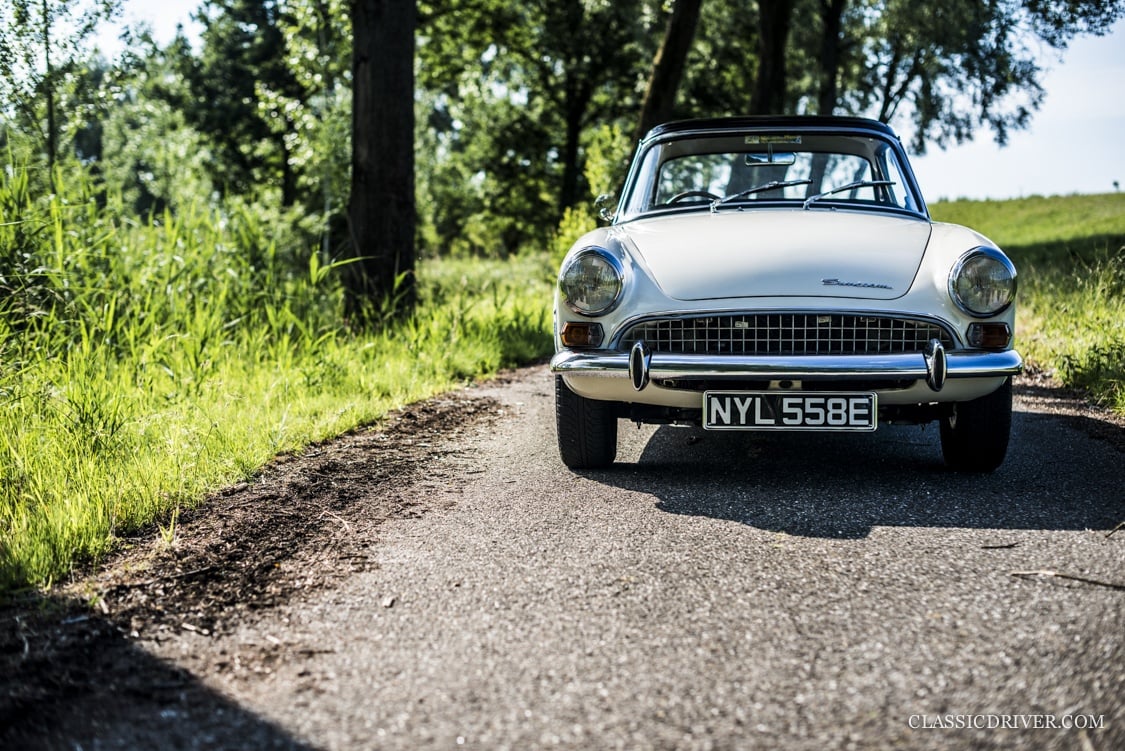
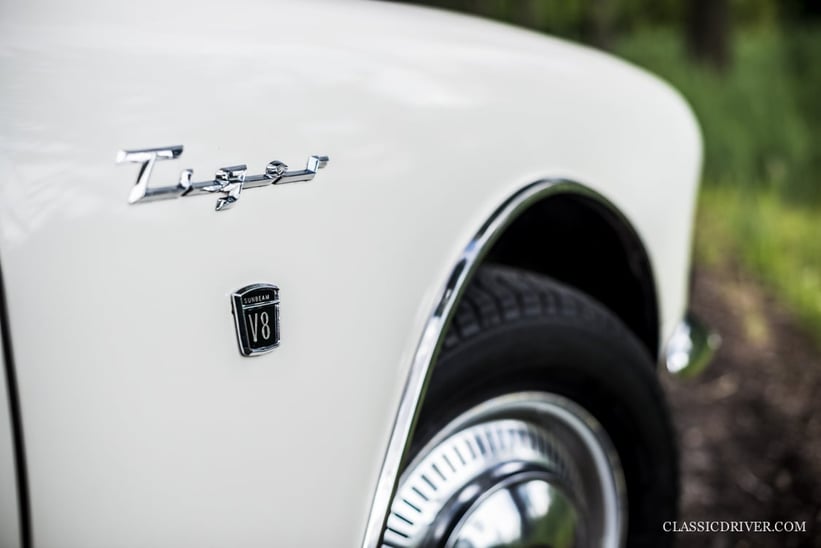
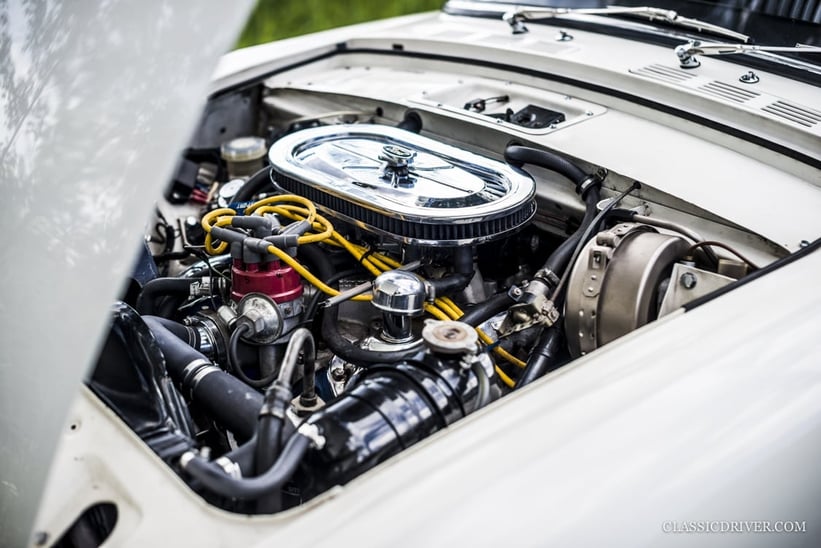
Conceived in part by Carroll Shelby, it followed the template of the great man's ‘Cobra' in combining a pretty but relatively soft British sports car — the Sunbeam Alpine — with a properly powerful V8 engine from Ford America to produce a roadster that could comfortably top 120 mph. Built at the Jensen factory in West Bromwich, the first cars went on sale in 1964 and were initially available only in North America before being offered in the UK the following year.
By the time the Tiger MKII arrived in 1967, however, the car had firmly reverted to being an 'export only' model and, with just 536 MKIIs built, was rare even in the U.S. No regular production cars were built for the UK home market, but Bournemouth-based Rootes dealer Hartwell did rescue half a dozen Tigers from a consignment left stranded at Southampton docks and converted them to right-hand drive, while an additional nine RHDs were built for export to South Africa, four were given to the top Rootes retailers, and two others were set aside as press cars.
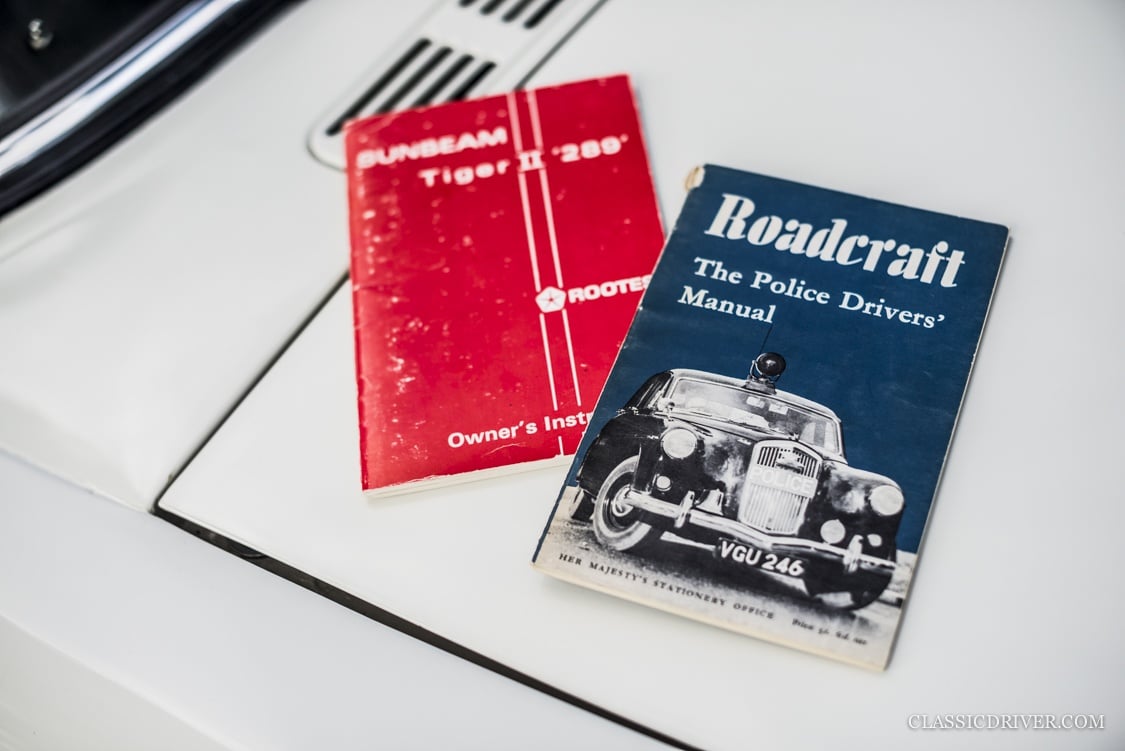
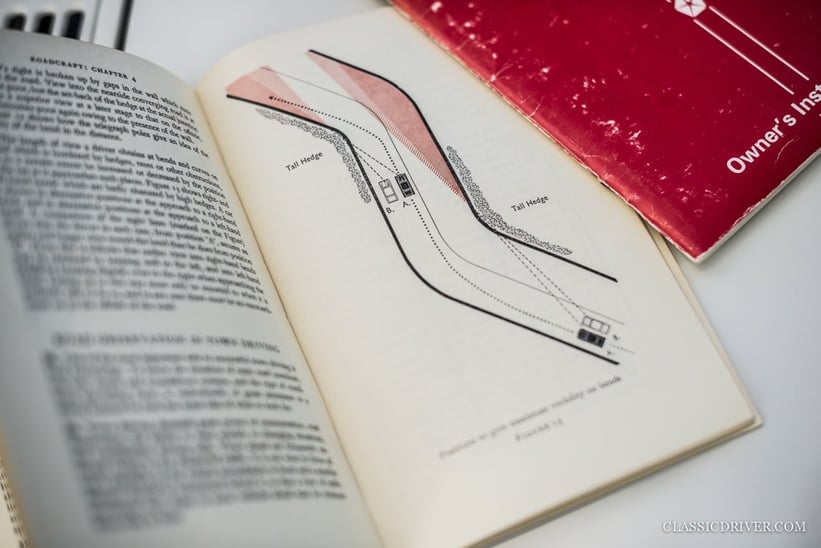
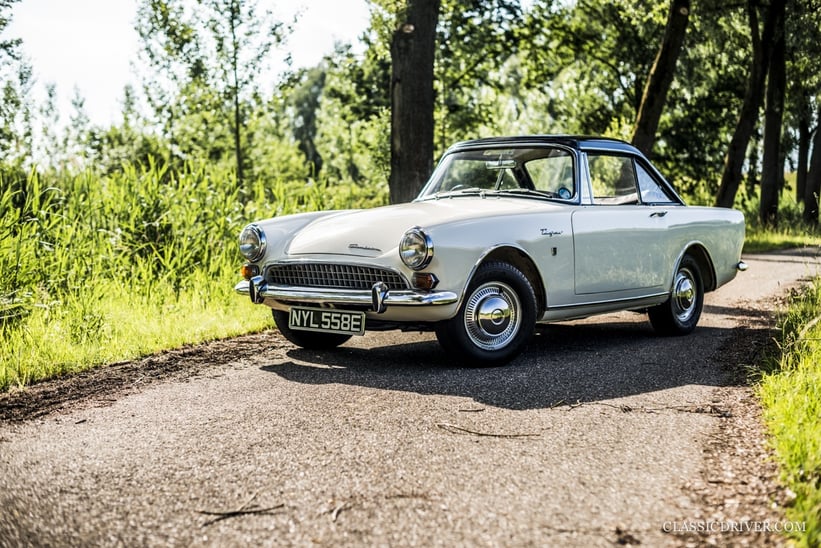
Most interestingly, however, were the six that were made specifically for supply to the Metropolitan Police, combining factory-fitted right-hand drive with the same, mighty 289-cubic-inch V8 found in the Mustang and, of course, the small block Cobra. What happened to the majority of those Met. Police Tigers is unknown — but the history of the one pictured here is remarkably complete. Carrying the same registration mark it wears today, it was delivered to Wembley police garage on 8 June 1967 with 29 miles on the clock and allocated the call sign '1965'.
And it's no exaggeration to say the force got its money's worth out of the car, because, by the time it was de-commissioned two years and four months later, it had covered an impressive 64,688 miles as a high-speed pursuit vehicle, tasked mainly with hunting down too-fast drivers. In the usual fashion, it was disposed of at auction (for a paltry sum no doubt, since most British cars with close to 70,000 miles on the clock would have been deemed ready for a rebuild in those days) only to crop up again precisely four years later in the first issue of Thoroughbred and Classic Car magazine, which pitched it against an MGB GT V8 in a 'shoot-out' feature.
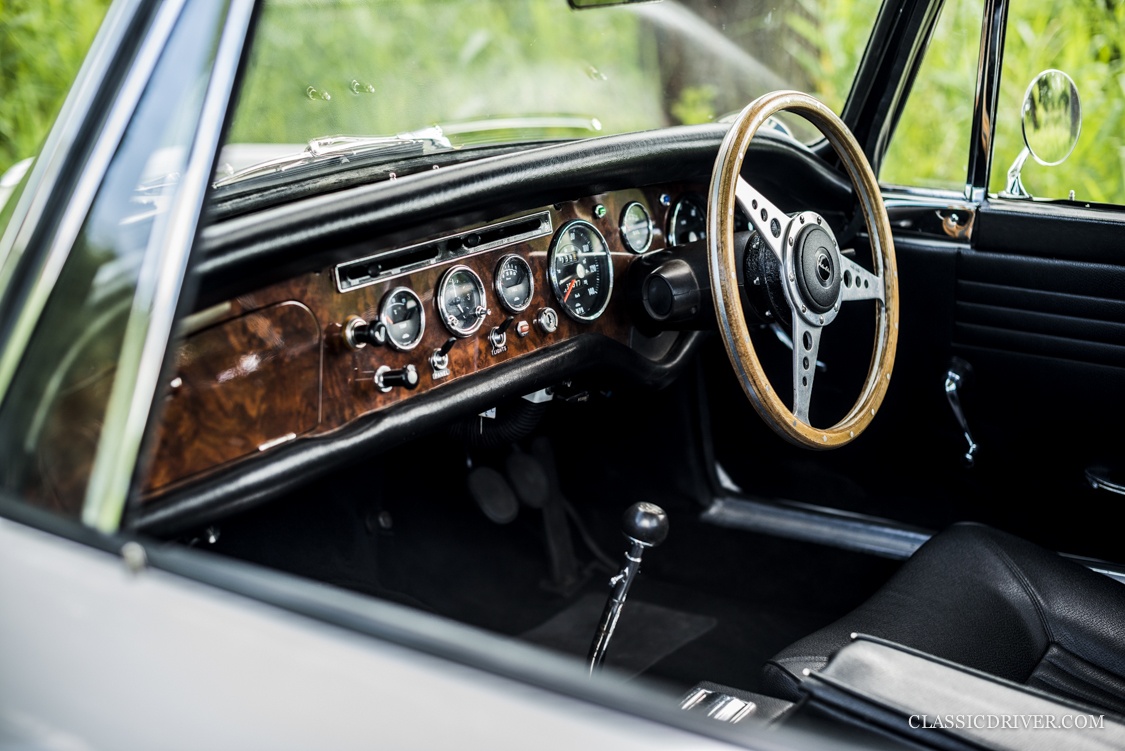
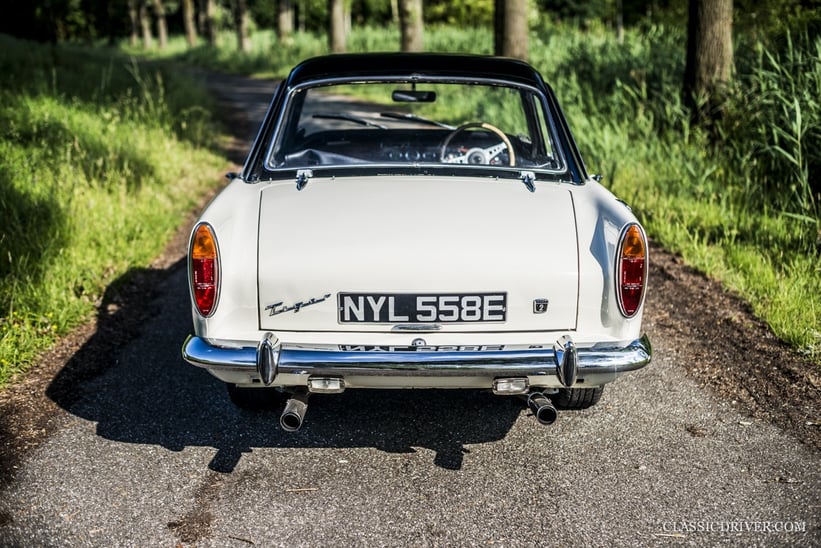
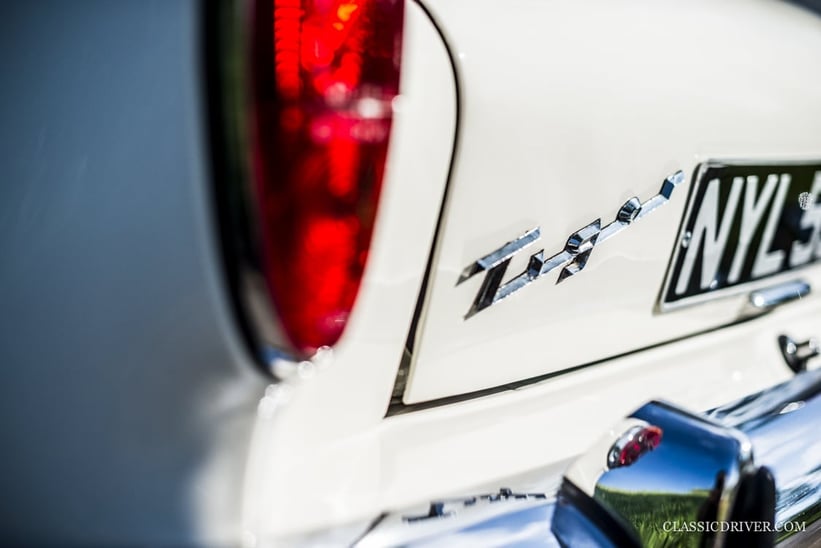
By then, the car's original white livery had been changed to red, the mileage had climbed to 125,000, and it was the property of celebrated Cobra dealer Rod Leach, who had loaned the Tiger to Thoroughbred and Classic Cars in the hope that the publicity might attract a buyer. It was almost a year later, however, before a Kensington-based US diplomat called Casimir Hollack registered himself as the Tiger's new owner at the start of what would prove to be a seven-year partnership, which saw another colour change — this time to blue.
In 1980, it was bought by a William Thatcher on behalf of his 20-year-old son, Howard — who must have been the envy of any car-loving friends — and it was during his ownership that the by-then 150,000-mile car was subjected to a six-year rebuild (complete with another respray, this time taking it back to red). It was subsequently acquired from Howard Thatcher in December 1999 by another UK owner, who kept it until recently.
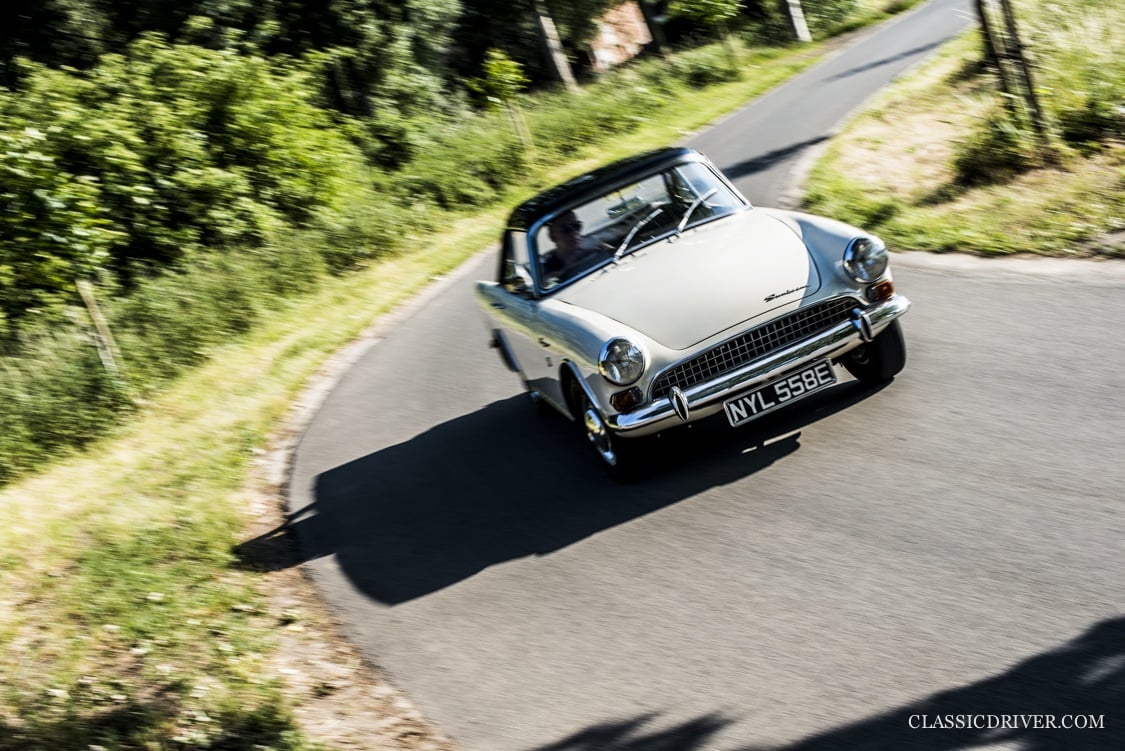
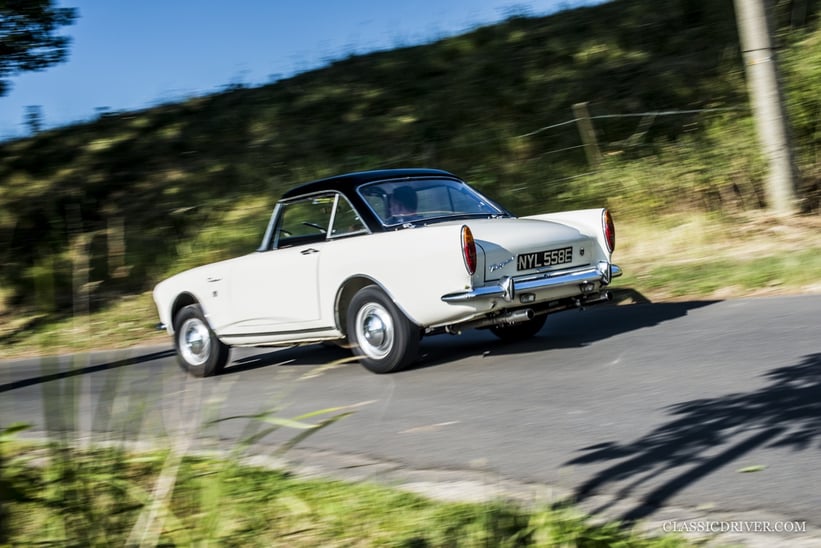
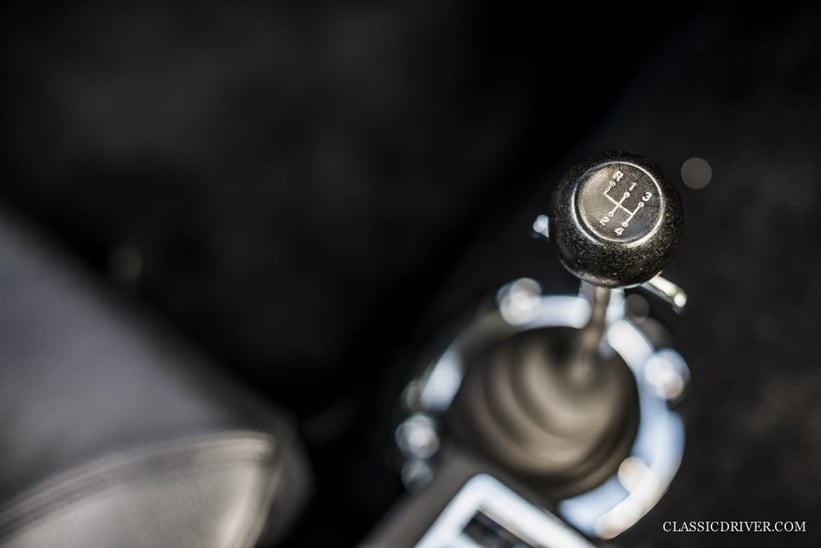
Now with its standard 200hp engine upgraded to 290 and its bodywork repainted in an appropriate law-enforcing white, it's no less formidable a Q-car than it was almost 50 years ago — and you'd certainly get just as much of a surprise if it roared up behind you, blue light flashing…
Photos: Rémi Dargegen for Classic Driver © 2018























